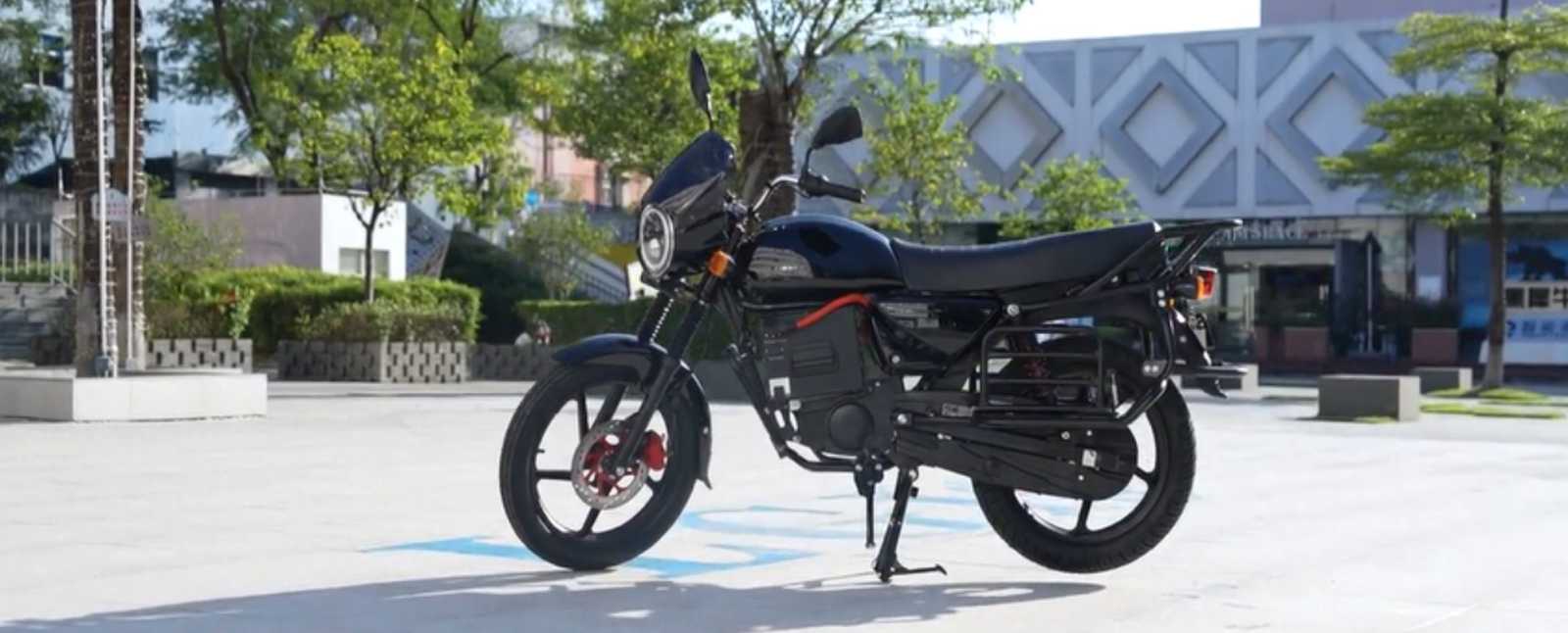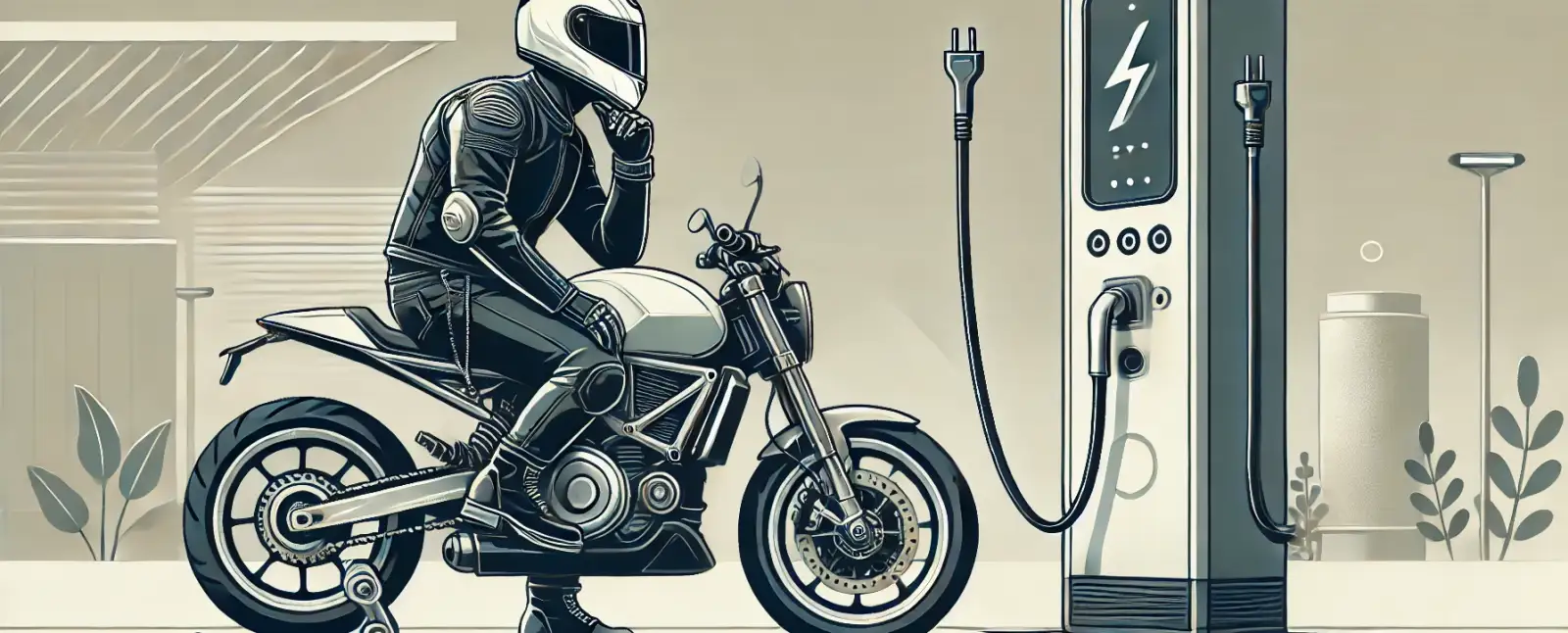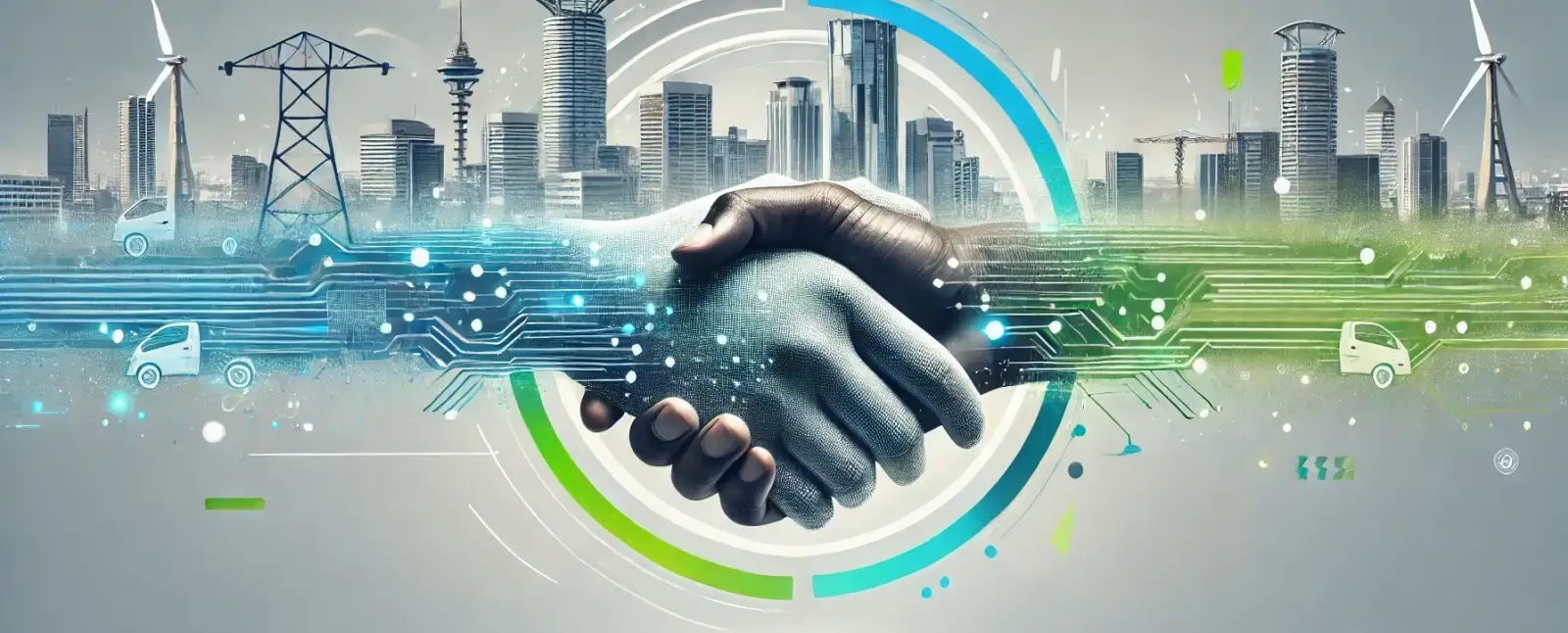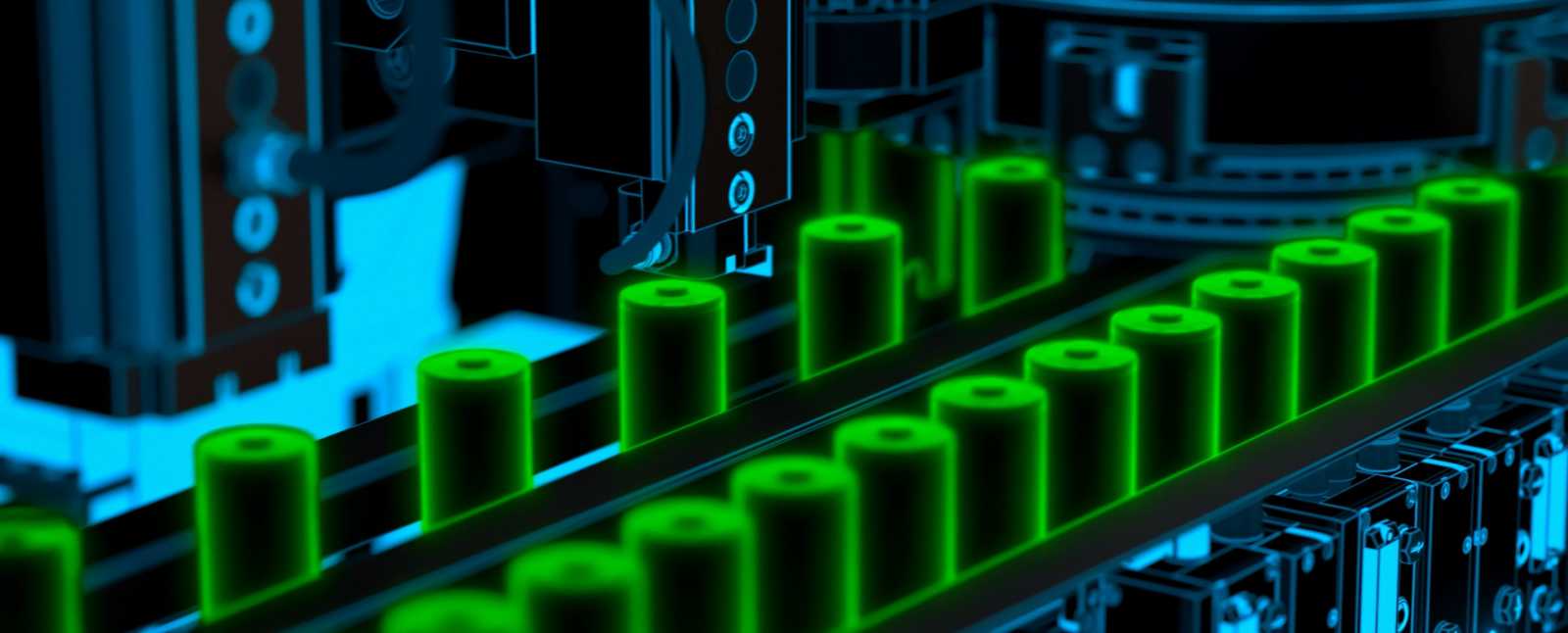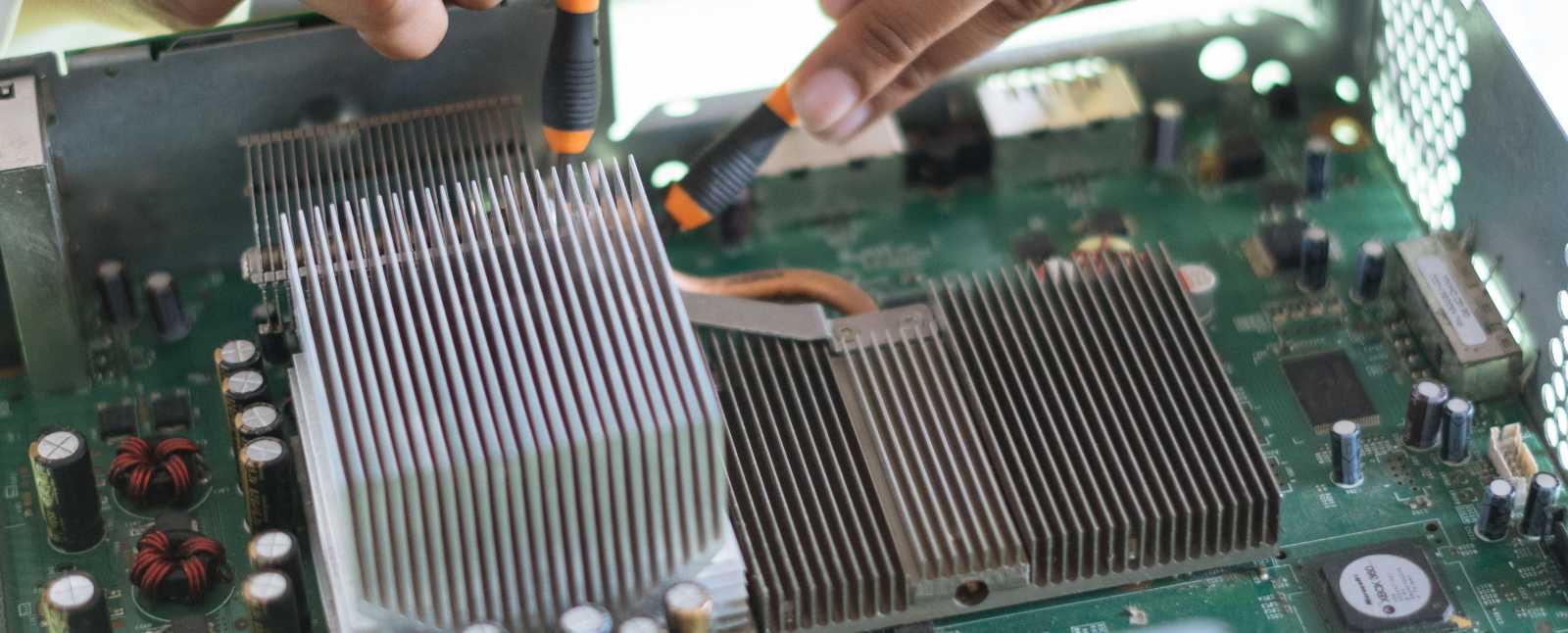Save 80% on Fuel Cost With Our E-3 Plus
By Sustainability ChampionMost people hear “Electric Motorcycle” and think “Eco-Friendly” — but have you ever done the math on how financially friendly an electric motorcycle actually is?
Let’s break it down simply: Internal Combustion Engine (ICE) bikes run on petrol. Electric Motorcycles (EVs) run on batteries. Fuel prices keep rising. Battery charging costs keep falling. So logically, EVs must be cheaper to run — but do you know by how much?
Let’s look at a real case study done right here in Kenya, featuring our very own E-3 Plus motorcycle.
The Cost to Ride 100km: EV vs ICE
Our E-3 Plus motorcycle comes with a 3.3kWh battery that gives you a 100km range per full charge. To charge it from empty to full, you need 4 units of electricity. In Nairobi, electricity tokens go for around Ksh 25–30 per unit, so a full charge costs you Ksh 120 at most.
🔋 EV Fuel Cost = Ksh 120 per 100km
Now, let’s compare that with a popular ICE bike: the Bajaj Boxer. To cover 100km, it needs about 3.7–4 litres of petrol. With fuel prices currently at Ksh 173–175 per litre, you’re looking at a minimum of:
⛽ ICE Fuel Cost = Ksh 173 x 3.7 = Ksh 640 per 100km
The Difference? A Massive Ksh 520 Saved per 100km!
That’s not small change. That’s a huge deal. You could ride four more 100km trips with that Ksh 520 in an EV. That’s 400 extra kilometers for the same money you'd spend on just 100km with petrol.
📊 That’s a 81% fuel savings — yes, 81%! Imagine saving 80% of your daily fuel cost, every single day you operate.
What Can Ksh 520 Do in Kenya?
For the average boda boda rider, Ksh 520 goes a long way:
- Food - An average rider spends around Ksh 200/day on meals — so that’s two full days of food.
- Rent - With Nairobi’s informal settlements charging around Ksh 2,500–4,000/month, that’s nearly a week’s rent.
- Family Support - Ksh 500 can buy essential household supplies or contribute to school fees.
And this is just from ONE charging cycle.
More Than Just Fuel Savings
If you own your bike, battery, and charger, you don’t need to rely on swapping stations.
✅ Charge at home
✅ No service fees
✅ No stress of locating a battery swap
✅ Peace of mind, every time
Plus, EV bikes require far less maintenance than ICE bikes — no oil changes, no spark plugs, fewer moving parts — which means even more savings over time.
And This Is Just in Kenya…
Imagine what these numbers look like in Nigeria, Uganda, Ghana, or Rwanda. Want to know the savings in your country? We’ll calculate them for you. Reach out to our team, and we’ll connect you with our local reps to get accurate numbers for your location.
It’s time to save — not just the environment, but your hard-earned money too. The future of mobility is not just green — it’s smart, affordable, and already here.
Ready to switch? Partner With Us
